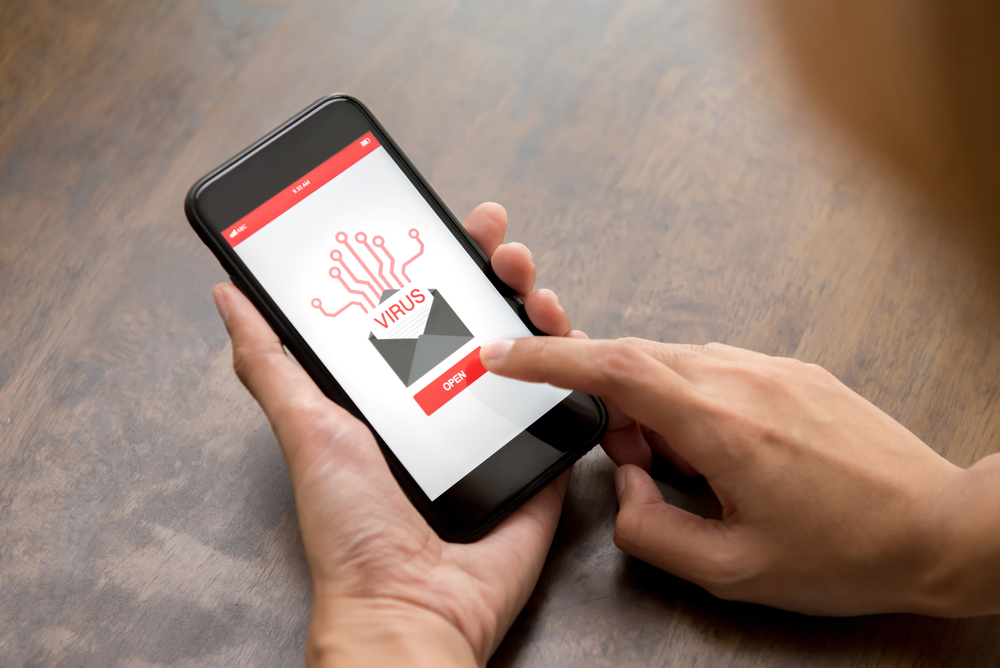New research from digital threat management leader RiskIQ discovered that there are far more blacklisted apps (5%) than official ones (3.7%) containing the same title as the top 20 most popular apps. The app titles we inspected were taken from a recent ranking of the most downloaded apps of 2017. While many appear to be complementary to the official apps, there is a risk of downloading a malicious imposter in the rush to build out an app portfolio.
RiskIQ analysed over 14 million apps across 176 app stores and found that out of the 97,127 apps containing the top 20 app names in the title, only 3,613 (3.7%) were from the official developers. Shockingly 4,908 (5%) of the apps have been flagged by one or more security vendors as containing malware or nuisanceware such as unwanted ad servers.
Whether receiving a new mobile device for Christmas or a hand-me-down from someone else getting a new device, people should exercise caution in the apps they are downloading.
While sticking to the official app stores is sound advice, malicious apps lurk there as well. Here are 3 simple tips to follow.
1. Look at the developer name - does it look legitimate? If unsure, research it before proceeding.
2. Look at the permissions it is requesting. Do these look reasonable for the tasks the app needs to perform?
3. Look at the number of downloads if available as well as the reviews.
Together these should help prevent unwanted surprises.







